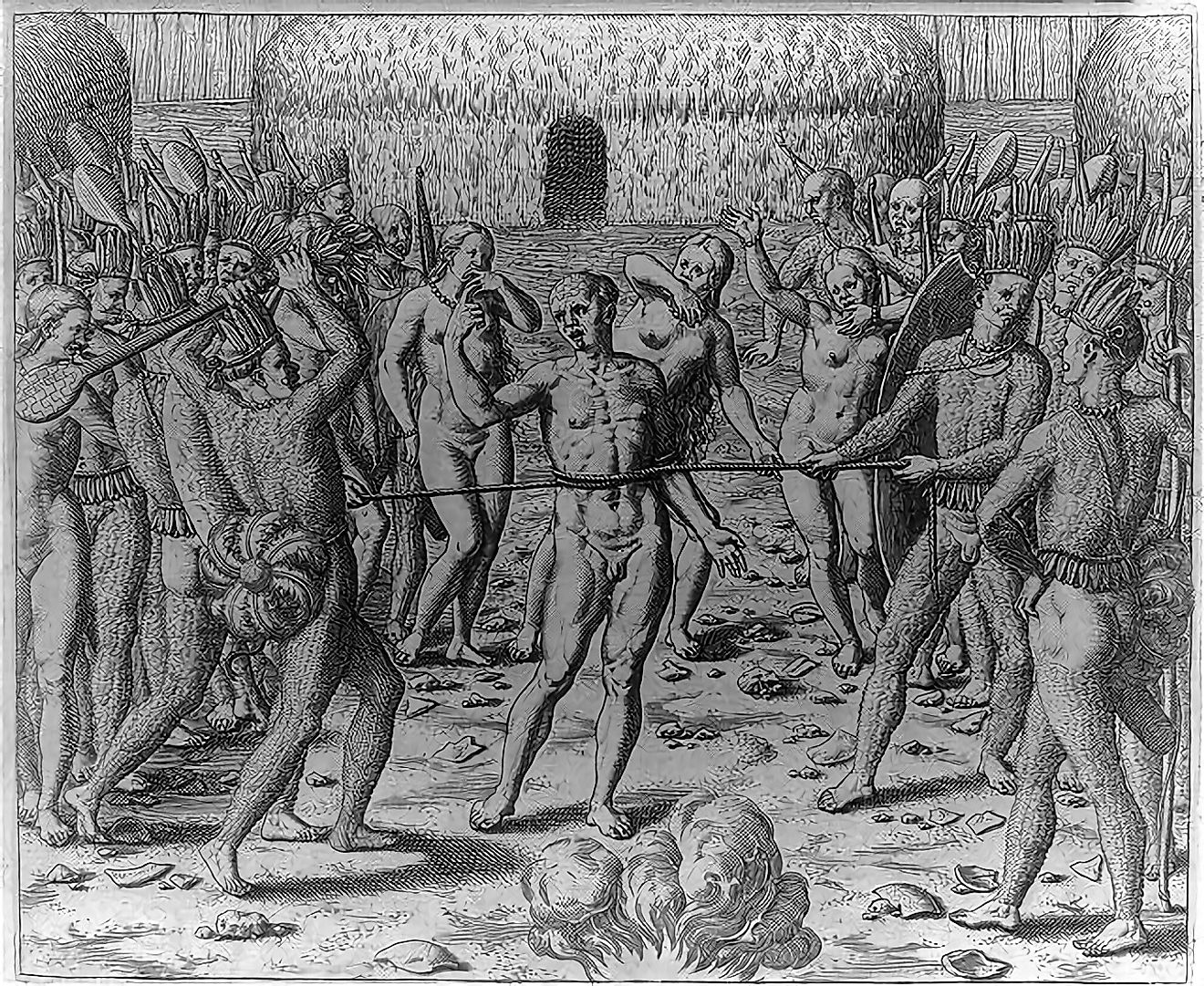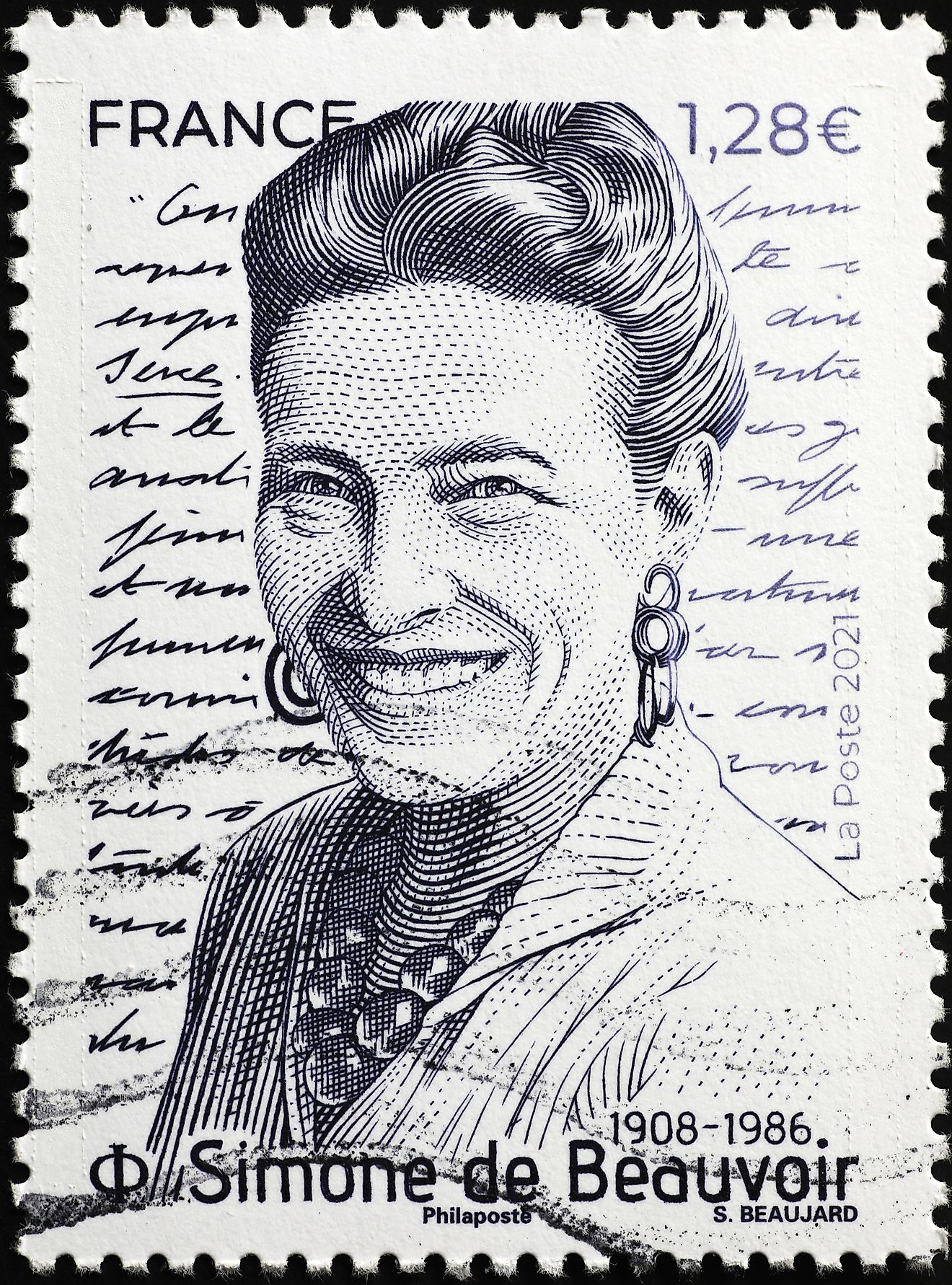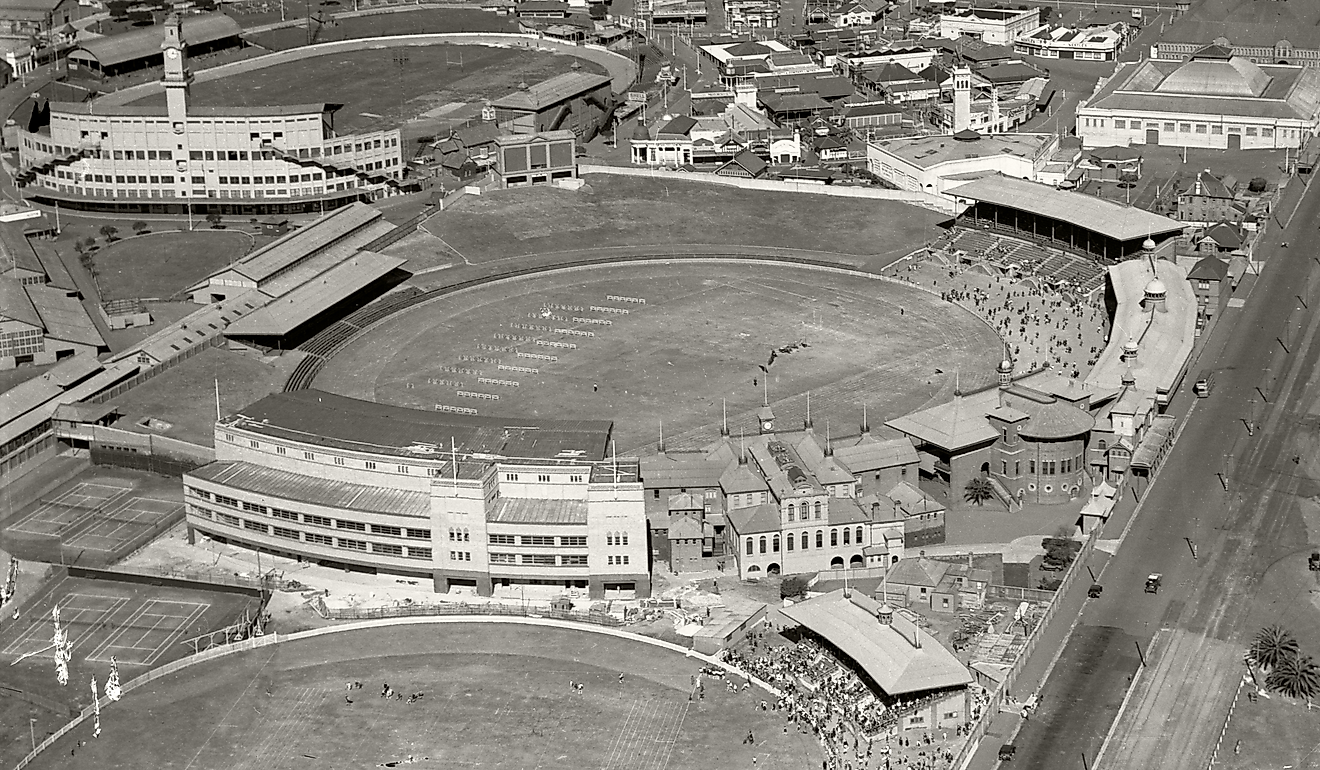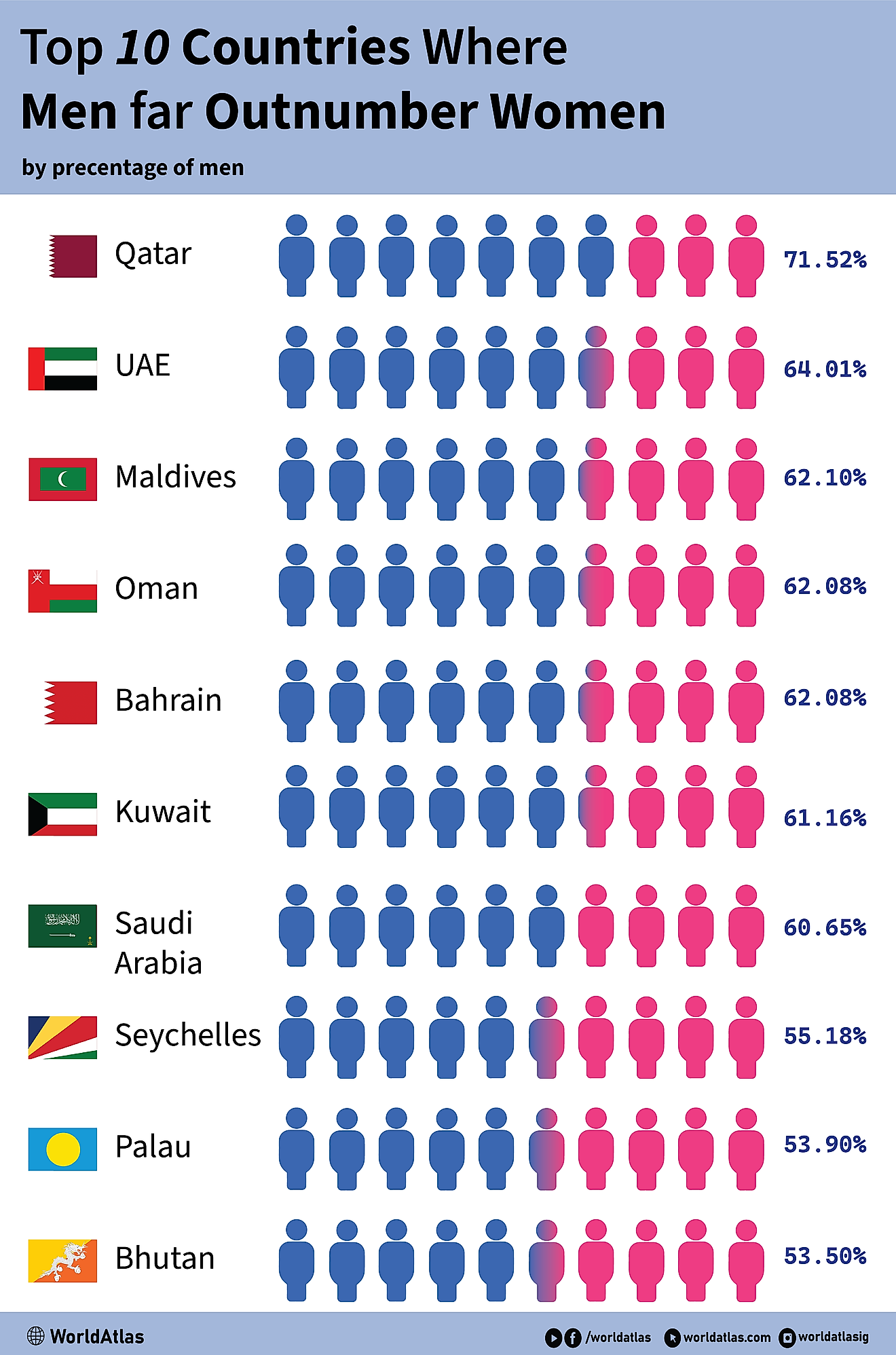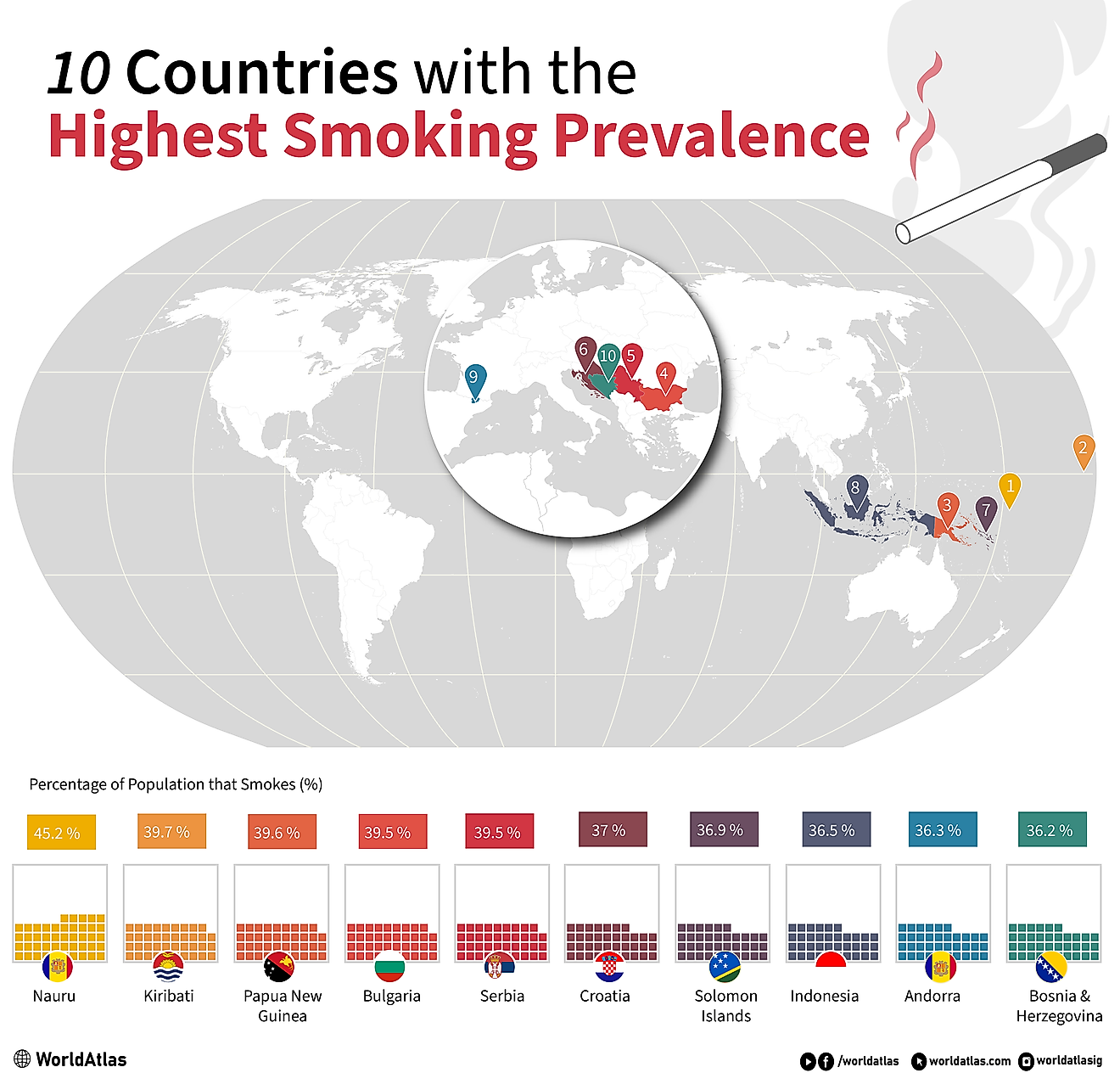What Was Tulip Mania?

The term Tulip Mania refers to a time in history when bulbs from the fashionable tulip plant fetched a very high value but dramatically came to an end. The Tulip Mania occurred in the Netherlands where the citizens had commenced the growth of the tulip flowers. The Mania speculative bubble collapsed in February 1637 leading to the socio-economic crisis. Currently, the phrase “Tulip Mania" is mentioned metaphorically to explain a vibrant economic bubble characterized by deviation of an intrinsic value from actual asset prices.
Background Information
The first Tulip seeds and bulbs were introduced by Ogier de Busbecq from Ottoman Empire to Vienna in 1554. The Tulip plant was then distributed across Europe. The popularity of the Tulip in the Netherlands took root in 1593 after botanist named Carolus Clusius found that it tolerated the Netherlands climate.
Popularity Of Tulips
The Tulip became very fashionable due to the magnificent color of the petals which no other flower in the Netherlands displayed. The flower was a status symbol and the bulb was viewed as a luxury item. The Tulip colors, including red, yellow, pink, white, and purple, were a phenomenon. There were different varieties of Tulips with some being mono-colored and others multi-colored. Merchants discovered the value of the Tulip and began paying higher prices. In 1634, French traders began competing with the Dutch merchants for the product. By 1636, the prices had gone high which lead to the Dutch creating a formal future market. The future markets referred to a situation where written contracts were made to purchase tulips at the end of the season when the bulb matured. Tulips became the fourth largest foreign exchange earner in the Netherlands after gin, herrings, and cheese.
Comparative Value Of A Tulip Bulb
The climax of Tulip Mania was during the 1636-1637 winter. During this time, a single bulb could fetch ten times the annual income of a trained crafts worker. In one instance, 40 bulbs fetched 100,000 Dutch Guilders compared to 12 fat sheep which would cost only 120 Dutch Guilders. In the same period, a drinking cup made of silver would cost only 60 Guilders (Guilder was currency unit before Euro was introduced.)
Collapse Of Tulip Trade
The first indicator of collapsing of the Tulip occurred in Haarlem. On the auction day, buyers failed to turn up. This was attributed to an outbreak of a deadly disease known as Bubonic plague. The event marked the start of Tulip bubble burst. Consecutive auction days received lesser traders who were offering lower prices. By February 1637, traders were unable to get any buyer willing to invest at the inflated prices. The reality of loss set in as the demand diminished hence the price plummeted. Some merchants who had contracts to purchase Tulips of value ten times higher than the prevailing rates were left with a stock of Tulip worth a quarter of the purchase price. In mid-February 1637, the Tulip market eventually collapsed.
Government Intervention
Tulip traders who had invested highly by speculation sought intervention of the government. The government made a decree that anyone who had engaged in a contract to purchase bulbs at a future date can avoid such loss by paying only 10% contract cancellation fee. Both farmers and traders incurred huge losses. The courts could not enforce the contracts since the engagement was classified as gambling. Though known as the golden age, the Tulip Mania left many people with huge debts hence poorer.
